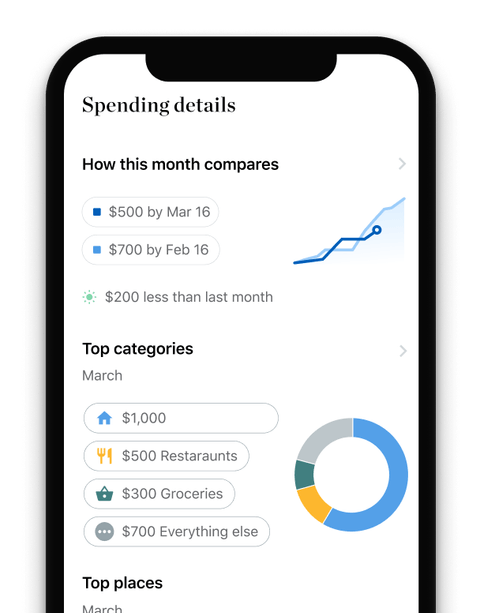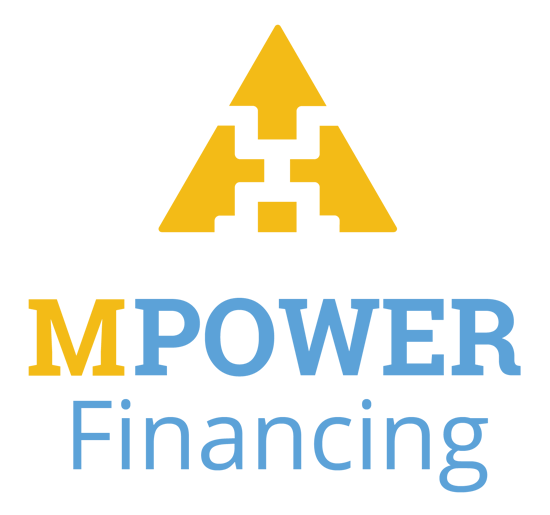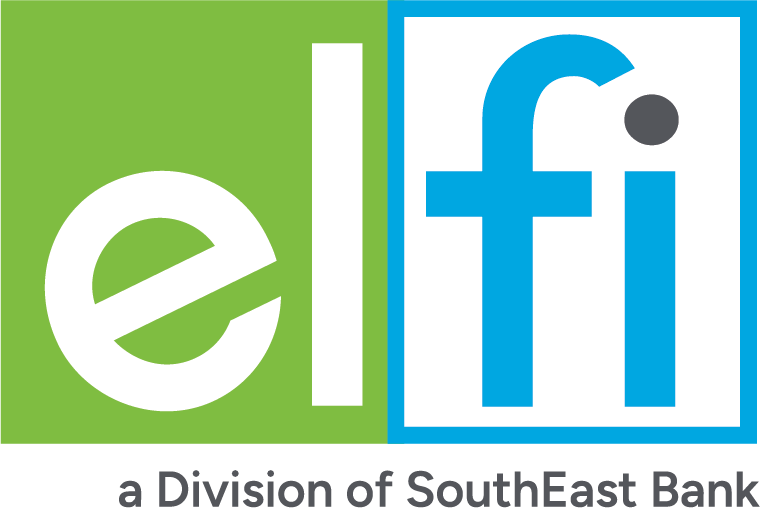How to Consolidate Your Student Loans

Many, or all, of the products featured on this page are from our advertising partners who compensate us when you take certain actions on our website or click to take an action on their website. However, this does not influence our evaluations. Our opinions are our own. Here is a list of our partners and here's how we make money.
Student loan consolidation combines multiple federal student loans into a single, new federal loan. This can simplify your payments, lower your monthly bill and lengthen your repayment term. The easiest way to consolidate your student loans on studentaid.gov.
Alternatively, you can trade in multiple federal or private loans for one, new private student loan — ideally at a lower interest rate. This consolidation process is called a student loan refinance.
If you’re thinking about consolidating your student loans, here’s what you need to know.
powered by
Can I consolidate my student loans?
You’re generally eligible for federal student loan consolidation once you graduate, leave school or drop below half-time enrollment. You cannot consolidate while you're still in school. There is no credit requirement, but there is also no chance of a lower interest rate.
Consider federal student loan consolidation if you:
Need to consolidate to be eligible for income-driven repayment (IDR) plans, Public Service Loan Forgiveness (PSLF) or other relief programs. This is often the case if you have Federal Family Education Program (FFELP) loans, Perkins loans or parent PLUS loans.
Want a single monthly federal student loan payment, but don’t need it to be drastically lower.
Want to change your student loan servicer.
Can I consolidate my defaulted student loans?
If your student loans are in default, consolidation is typically one of a few methods to get your loans back on track. To consolidate defaulted loans you'll need to make three full, on-time consecutive monthly payments on the defaulted loan or agree to enroll in an income-driven repayment plan.
What happens when I consolidate?
When you consolidate federal loans, the government pays them off and replaces them with a new loan called a “direct consolidation loan.” Your new fixed interest rate will be the weighted average of your previous rates, rounded up to the next one-eighth of 1%. So, for instance, if the weighted average comes to 6.2%, your new interest rate will be 6.25%.
If you have unpaid interest, it can capitalize when you consolidate. That means the amount you owe in interest will be added to your principal balance. This can increase the amount you owe, since interest will build on a larger sum going forward. Check how much interest you’ve accrued by logging into your studentaid.gov account. On your main dashboard, your total debt owed will be broken down by principal and interest.
Your new loan term could range from 10 to 30 years, depending on your total student loan balance and the repayment plan you select. Repayment will typically start within 60 days of when your consolidation loan is first disbursed.
Consolidating your federal loans through the Department of Education is free; steer clear of companies that charge fees to consolidate them for you.
How to consolidate federal loans
Log in to studentaid.gov to access the online direct consolidation loan application. You’ll need to finish the application in one session, so gather the documents listed in the “What do I need?” section before you start, and set aside about 30 minutes to fill it out.
You don’t have to consolidate all of your loans. The application will ask you which loans you’d like to consolidate, which student loan servicer you want going forward and which repayment plan you want to sign up for. It will also ask you to supply references. (The Education Department only uses these references if it is unable to contact you directly; your references are never responsible for repaying your loan.)
Reach out to your current servicer if you have any questions, or contact the Federal Student Aid Information Center (FSAIC) at 1-800-433-3243.
Though consolidation keeps your loans in the federal system, it can still impact your loan forgiveness eligibility, particularly if you have specific loan types. For example, if you have Perkins loans, consolidation will make you ineligible for Perkins loan forgiveness. It could also impact your progress towards Public Service Loan Forgiveness.
Before consolidating, reach out to your servicer to confirm that you won’t lose any loan forgiveness benefits that could help you.
Consolidation vs. refinance: What’s the difference?
Refinancing and consolidating may sound similar, but there are some key differences:
Consolidation through the Education Department is only available for federal student loans and does not lower your interest rate, though you can extend your loan term to lower your monthly payments.
Refinancing is available for both private and federal student loans through a private lender. It can save you money if you can lock in a lower interest rate.
Once you refinance a federal student loan, it becomes a private loan and is no longer eligible for federal programs like income-driven repayment or other loan forgiveness programs.
Private student loan refinancing requires borrowers or their co-signers to have good or excellent credit and steady income.
Use NerdWallet’s student loan consolidation calculator to compare your monthly student loan payment under consolidation, refinance and income-driven repayment.
Student loan consolidation | Student loan refinancing | |
|---|---|---|
What does it do? | Combines multiple federal loans into one federal loan. | Combines private and/or federal loans into one private loan. |
Which loans can I combine? | Federal loans only. | Private and/or federal loans. |
Can I lower my rates? | No. | Yes. |
Can I access federal loan protections, repayment options and forgiveness programs? | Yes. | No. |
Will I pay just one monthly bill? | Yes. | Yes. |
Student loan refinancing from our partners

on SoFi
SoFi
4.5
NerdWallet rating
4.5
NerdWallet rating3.99% - 9.99%
650
on SoFi
on Earnest
Earnest
5.0
NerdWallet rating5.0
NerdWallet rating3.95% - 8.99%
650
on Earnest

on Splash Financial
Splash Financial
5.0
NerdWallet rating
5.0
NerdWallet rating5.94% - 8.95%
650
on Splash Financial






